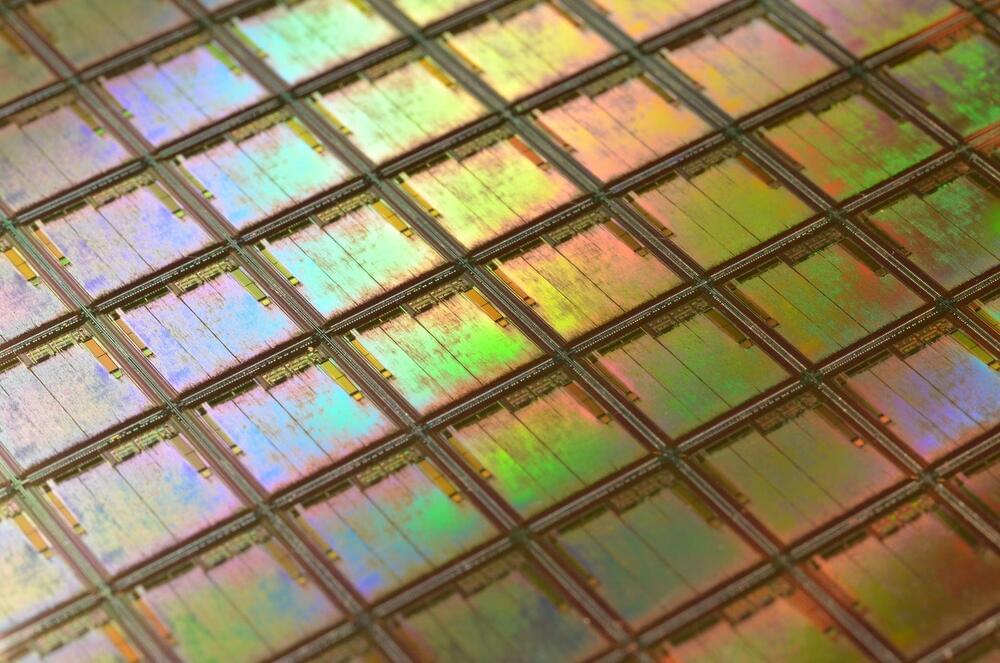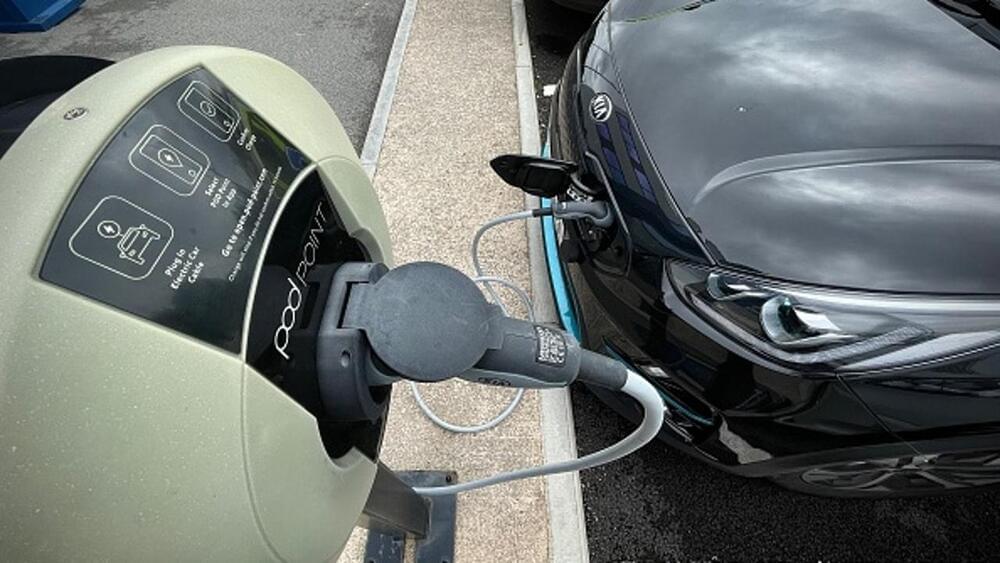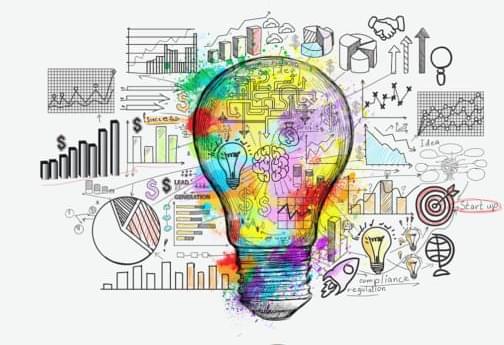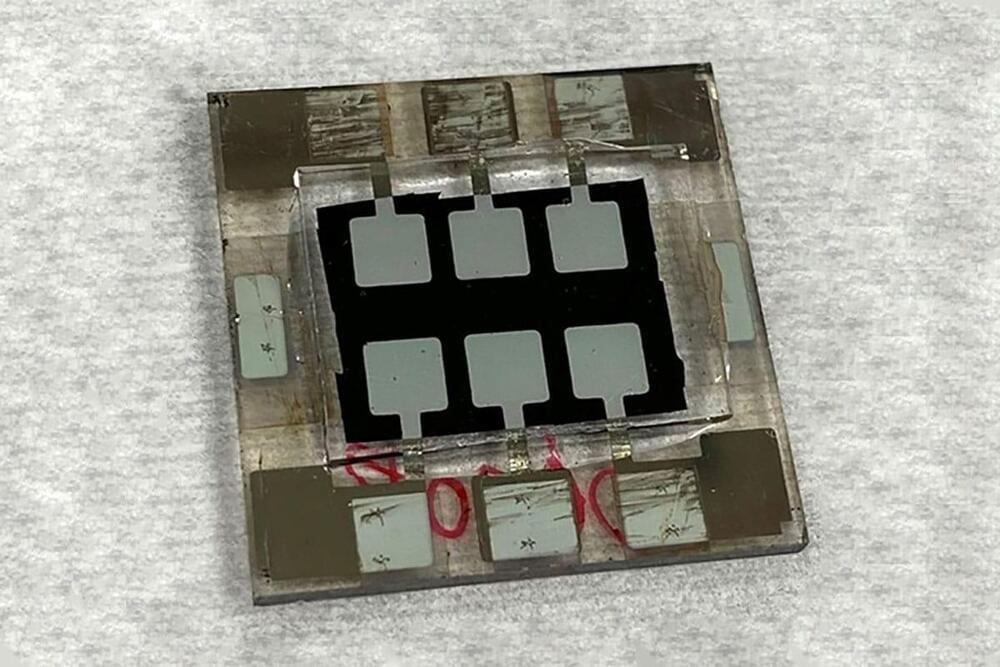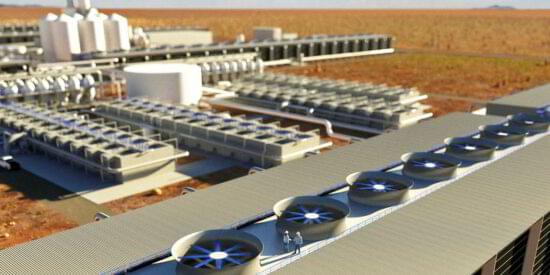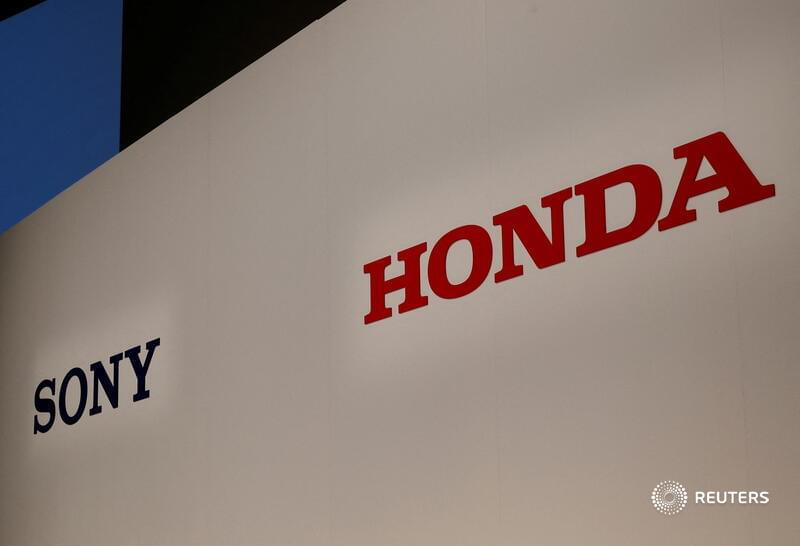An international team of scientists, led by the University of Leeds, have assessed how robotics and autonomous systems might facilitate or impede the delivery of the UN Sustainable Development Goals (SDGs).
Their findings identify key opportunities and key threats that need to be considered while developing, deploying and governing robotics and autonomous systems.
The key opportunities robotics and autonomous systems present are through autonomous task completion, supporting human activities, fostering innovation, enhancing remote access and improving monitoring. Emerging threats relate to reinforcing inequalities, exacerbating environmental change, diverting resources from tried-and-tested solutions, and reducing freedom and privacy through inadequate governance.


